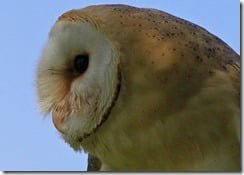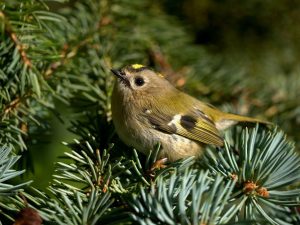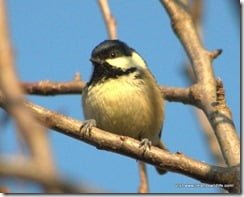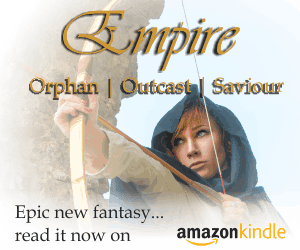 The barn owl will be familiar to many as the signature bird of RTE’s flagship Friday night programme, “The Late Late Show”. This is undoubtedly one of Ireland’s most striking birds, but unfortunately the Barn Owl’s ghostly silhouette and its characteristic rasping shriek are becoming increasingly scarce in Ireland.
The barn owl will be familiar to many as the signature bird of RTE’s flagship Friday night programme, “The Late Late Show”. This is undoubtedly one of Ireland’s most striking birds, but unfortunately the Barn Owl’s ghostly silhouette and its characteristic rasping shriek are becoming increasingly scarce in Ireland.
Adult barn owls are 33 – 39 cm (13 – 15½ inches) long with a wingspan of 80 – 95 cm (31½ – 37 ½ inches). They are a beautiful orange-buff colour with grey mottling above and either pure white or white with slight buff marking on the underside. The distinctive, heart-shaped face is also white, as are the long legs, an adaptation to hunting small prey in long grass.
Barn owls are specialist hunters superbly adapted to catching small ground-dwelling mammals – although should the opportunity arise they will also take small birds, bats, reptiles, amphibians and large insects. Their principal prey depends on the area in which they hunt: close to farm buildings and outhouses they feed mainly on the house mouse (Mus musculus) and the brown rat (Rattus norvegicus), out in the open countryside, away from buildings, their diet tends to consist mainly of the wood mouse (Apodemus sylvaticus).
Rough grassland and field margins are the barn owl’s preferred hunting habitat, and support large numbers of their rodent prey. A barn owl will typically quarter a suitable area of ground until it detects the sound of a foraging rodent in the grass below. As it flies above its prey the large, heart-shaped facial disc acts like a mini satellite dish, channelling the slightest sound to the bird’s extremely sensitive ears. Barn owls have exceptional hearing and can pinpoint the position of a mouse in complete darkness purely from the tiny sounds it makes.
Once caught and killed the prey is usually carried to a favourite perch where it is swallowed whole. The indigestible parts – fur, bones and teeth – are regurgitated some time later as large, blackish pellets that accumulate at nesting and roosting sites.
Barn owls live alone or in pairs and typically mate for life. They nest, unsurprisingly, in old barns, outbuildings, church spires and in holes in old trees. Where traditional nesting sites are scarce, but other conditions are favourable, barn owls will readily occupy specially constructed nesting boxes. The female lays a clutch of between four and seven eggs from April to early May, and incubates them for about 33 days. Young owlets have voracious appetites, and both parents are kept busy providing a steady stream of rodents.
By the time they fledge some nine to twelve weeks later each owlet is capable of consuming the equivalent of a dozen mice per night. A family of Barn owls can be an extremely effective (and free) form of rodent control, and farmers who are sympathetic to the owls, and encourage them to breed on their land, rarely experience rodent problems.
Barn owl populations in the UK and Ireland are in serious decline and have dropped by over 50% since the 1930’s. Much of this decline is attributed to increasingly intensive agriculture. Rough grassland, field edges and hedgerows are all disappearing, while hay meadows continue to be converted to silage. Marginal land is being reclaimed systematically for agricultural use and increasingly sophisticated harvesting techniques and modern grain storage methods don’t support the small rodent populations that barn owls rely on for food.
All of this has been exacerbated by the loss of nesting and roosting sites as old hedgerow trees are felled and derelict farm buildings are demolished or renovated. Sympathetic land management and the provision of suitable nesting boxes by landowners can help barn owl populations to recover. But more of this needs to happen, and more quickly, if we are to preserve this iconic bird as a part of Ireland’s natural heritage.
Photo Credit: ![]()
![]() Some rights reserved by Sylviane Moss via Flickr
Some rights reserved by Sylviane Moss via Flickr










1 comment
Lisa O'Connor
A Barn Owl came and sat on my open window ledge x about 1 -2 minutes last night 4.30 am
stunning feeling and experience. please advise what kind of nesting boxes are most suitable for barn owls.